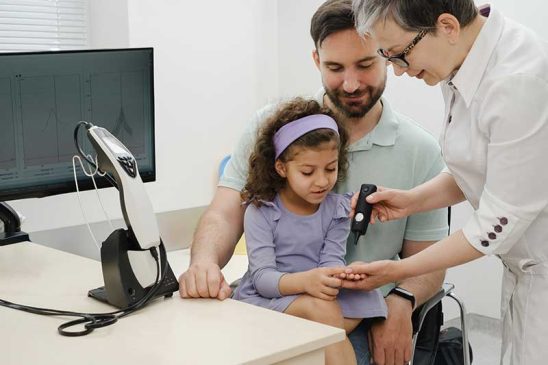As parents, we are frequently astounded by how rapidly our children mature and change. From their first hesitant steps to their first day of school, each developmental milestone exemplifies their extraordinary voyage. Although we cannot slow down time, we can surely savor and cherish these moments by closely monitoring our child’s development.
The Ability to Observe
Observation is a crucial instrument for comprehending infant development. By observing our children’s interactions with their environment, their play, and their learning, we can acquire insight into their physical, cognitive, social, and emotional development. Observing their behavior, reactions, and interactions enables us to identify their strengths and potential areas for improvement.
Why Monitor Development Closely?
- Early Detection of Delays: Not all children have identical developmental timelines. Others may require a bit more time to attain their milestones than others. By observing attentively, we can identify potential developmental delays early and implement the necessary interventions.
- Individualized Support: Each child is unique. When we closely monitor their growth, we can gain a deeper understanding of their interests, learning style, and preferences. This allows us to provide individualized support and foster an environment conducive to their growth.
- Paying close attention to your child’s maturation enables you to engage with them on a deeper level. When you comprehend their world, you can communicate effectively with your child, nurturing a close relationship.
How to Follow Closely
- Create a journal to record important moments, first words, new abilities, and behaviors. Not only does this help you track development, but it also functions as a cherished memento.
- Utilize Technology Wisely: Document milestones with photographs and videos. Apps and websites can offer insights into typical developmental timelines and suggestions for growth-promoting activities.
- Engage in Play: Children’s task is to play. Participate in their leisure activities to learn how they think, solve problems, and communicate.
- Maintain an open line of communication with instructors if your child attends school or daycare. Their observations can offer a broader perspective on the development of your child.
The Function of Patience
The process of child development is dynamic, and not all progress is linear. There could be plateaus and reversals along the path. Patience is crucial. Your role as a parent is to provide guidance and support while recognizing that your child is on a journey of their own.
Honoring Every Step
It is essential to monitor progress, but it is equally important to celebrate small victories. Each accomplishment, from learning to tie shoelaces to completing a puzzle, contributes to your child’s development story.
Last but not least
Closely observing your child’s development is a voyage of discovery and connection. You gain insight into their evolving personality, strengths, and areas for development by observing their environment. Remember that there is no one-size-fits-all approach to parenting, and that your participation and affection are crucial to your child’s success. So, grab your developmental journal, your camera, and most importantly, your natural curiosity, and embark on this rewarding journey of attentively monitoring your child’s growth.



